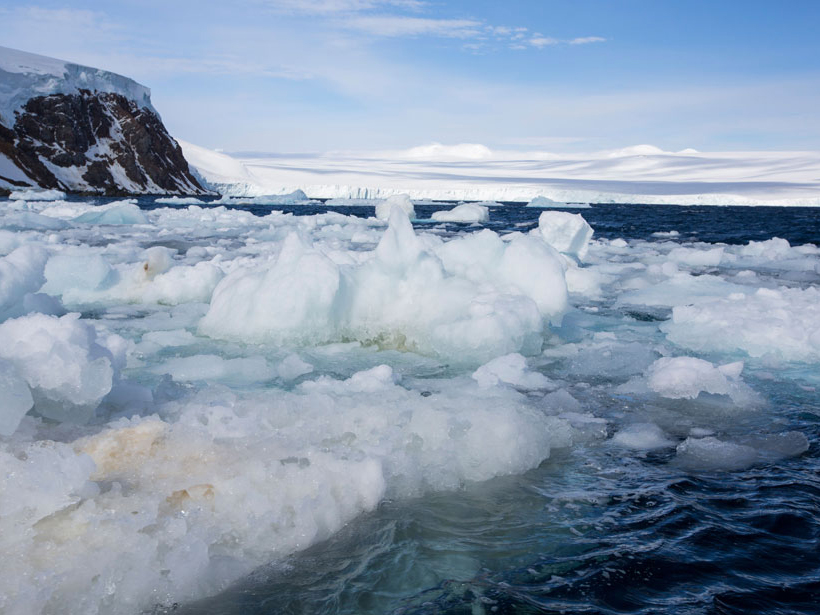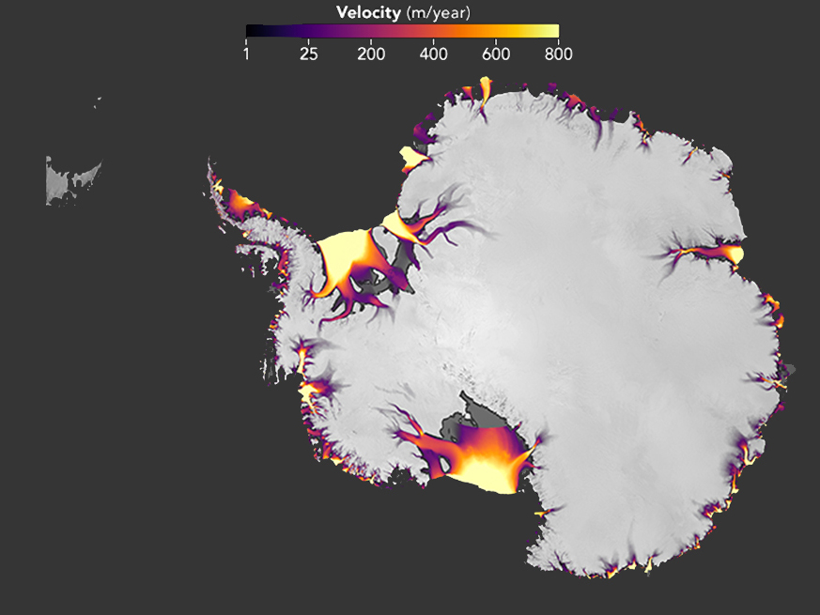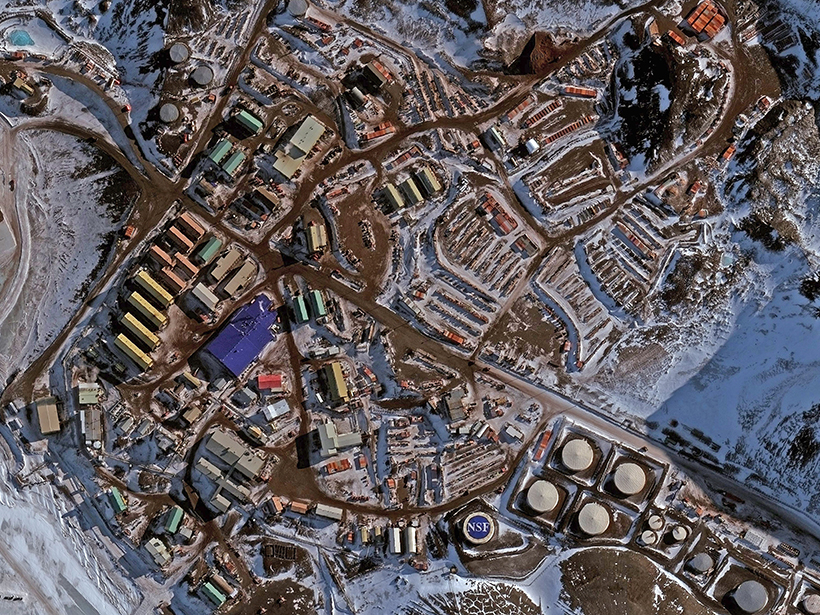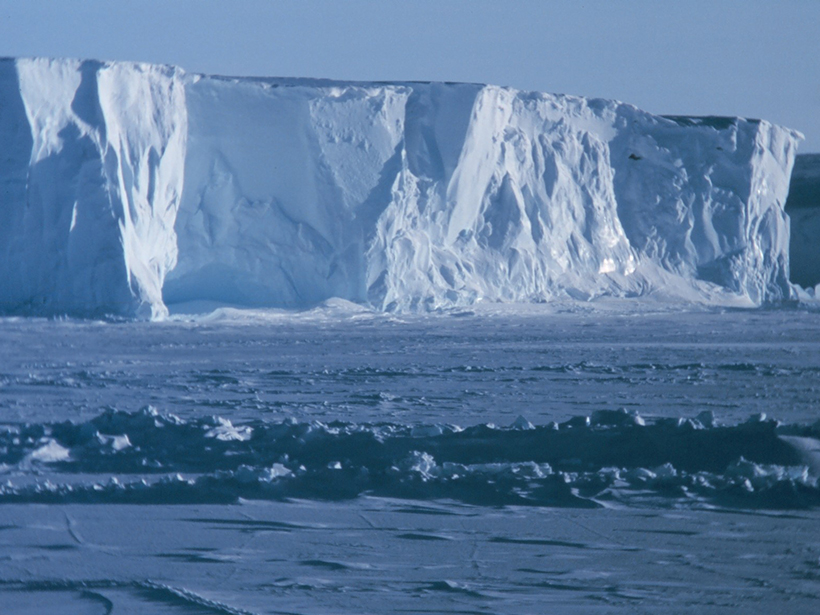Precipitations of electrons with energies greater than 30 kiloelectron volts from the slot region penetrate at low altitude and can contribute to destroy ozone.
Antarctica
Exploring the Unknown of the Ross Sea in Sea Ice–Free Conditions
A team of polar scientists aboard the OGS Explora, cruising in rare ice-free conditions, discovered new evidence of ancient and modern-day ice sheet sensitivity to climatic fluctuations.
Ursula B. Marvin (1921–2018)
This bold mineralogist and feminist bucked norms that deemed geology unsuited for women. She contributed to meteoritics, science history, and petrology, including the analysis of Apollo Moon rocks.
Emperor Penguins’ Huddles Change in Response to Weather
How quickly the penguins huddled when weather worsened provided clues about their feeding success and how climate change may alter the Antarctic biosphere, according to scientists.
U.S. Scientists Safely Retrieved from Ice-Bound Antarctic Island
Argentineans came to the aid of stranded scientists.
New Maps Highlight Antarctica’s Flowing Ice
The maps focus on surface ice velocity, showing how Antarctica’s frozen surface changed over a 7-year period.
NSF’s Budget Details Provide Some Good News for the Geosciences
The budget features significant funding for polar region science, including efforts to document and understand rapid changes in the Arctic and to modernize Antarctic infrastructure.
Fresh Insights into What Protects Antarctica’s Ross Ice Shelf
Scientists bored 755 meters through Antarctic ice and found that a layer of extremely cold, fresh water insulates part of the Ross Ice Shelf against melting.
Plotting the Pliocene Polar Front
Understanding changing conditions in the south polar oceans during the warm late Pliocene period may help predict the impact of contemporary warming.
Searching for Organic Carbon in the Dry Valleys of Antarctica
Researchers identify the first evidence of microbial respiration in desiccated Antarctic permafrost soils.









